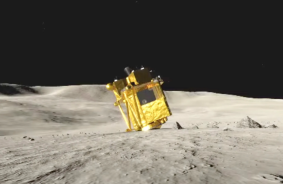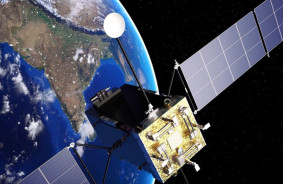A rocky planet named KMT-2020-BLG-0414 is located 4,000 light-years away from Earth and orbits a dim white dwarf — an object that was once a large star, much like our Sun.
Stars of this size typically have a lifespan of about 10 billion years, and at the end of this period, they evolve into red giants, engulfing nearby planets. If Earth somehow escapes this fate, it may end up like KMT-2020-BLG-0414 — a barren rocky planet gradually drifting away from a dying white dwarf.
Details about KMT-2020-BLG-0414 are discussed in an article published on September 26 in the journal Nature Astronomy (via livescience).
“We currently have no consensus on whether Earth will avoid being engulfed by the Sun,” says astronomer and lead author of the study, Keming Zhang from the University of California. “In any case, the planet could remain habitable for about another billion years, after which Earth's oceans will evaporate — long before the risk of being swallowed by a red giant arises.”
The distant planetary system is located near the bulge Bulge — a cluster of stars in the central region of a spiral galaxy at the center of our galaxy, which astronomers first noticed in 2020 as it moved against the light of an even more distant star located 25,000 light-years away.
Bulge — a cluster of stars in the central region of a spiral galaxy at the center of our galaxy, which astronomers first noticed in 2020 as it moved against the light of an even more distant star located 25,000 light-years away.
Subsequently, they observed a planet orbiting at twice the distance from its star compared to the distance between Earth and the Sun (the planet itself is also twice the size of ours). In addition to the white dwarf, a brown dwarf approximately 17 times the mass of Jupiter was detected in the system.
The fate of humanity in the future has long been a subject of wild speculation: scientists are uncertain if Earth will survive the red giant phase, let alone the effects of global warming. However, Zhang suggests that humans may one day "leap" to the moons Europa and Enceladus, which orbit Jupiter and Saturn respectively — icy worlds that could become oceanic in the future.
“When the Sun becomes a red giant, the habitable zone will shift to the orbits of Jupiter and Saturn, and many of these moons will turn into ocean planets,” Zhang explains. “I believe humanity could migrate there in that case.”














Comments (0)
There are no comments for now